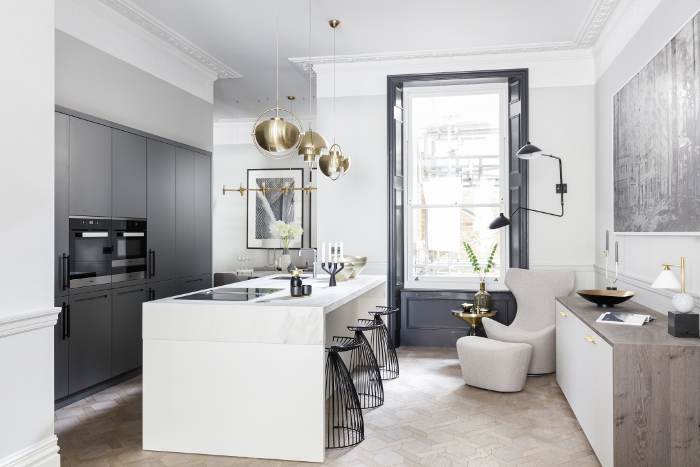Since being established in 2002, by Des Curran and Nick Marchini, Marchini Curran Associates (MCa) has successfully delivered an enviable portfolio of diverse projects across a wide range of development sectors, and in doing so has built a solid reputation for harnessing reliability and practicality with creativity and flair.
MCa has been involved in projects ranging in value from a few thousand to many hundreds of millions of pounds. Sector coverage includes commercial, retail, leisure, residential, education, industrial, interiors, master planning and branding. Based in Nottingham, MCa works with local, national, and international clients.
MCa designs are based on achieving a successful balance between a commitment to the new and respect for the past, whilst reflecting informed views on technology, sustainability, and environment.
Today we are a fantastic team of 28 people working across architecture, planning, interiors and administration roles within the company.
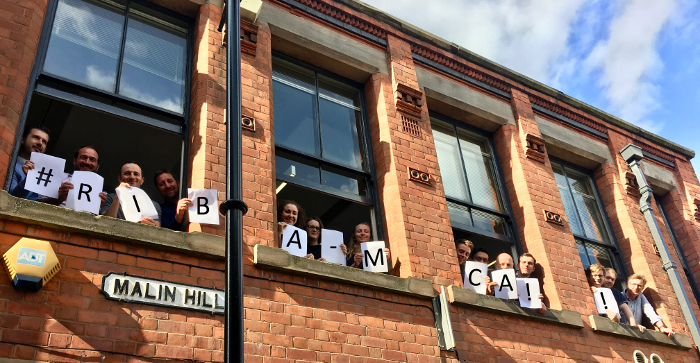
How do you incorporate environmental and social sustainability into your work?
MCa operate under ISO 14001:2015, enabling us to monitor environmental aspects and impacts of how we operate our business and deliver our projects. MCa recognise that the pursuit of economic growth and a healthy environment must be closely linked, and that ecological protection and sustainable development are collective responsibilities in which governments, business, individuals, and communities all have a role to play.
As a practice, MCa understands the importance in developing an integral approach to sustainability within how we operate and manage our business and how we design. MCa recently completed MUJI’s latest Flagship store in Copenhagen, arguably one of MUJI’s most sustainable stores to date. Many interior finishes were sustainably sourced, or repurposed existing materials. These included the existing herringbone timber floor, which was lovingly restored, the reclaimed timber structures which were originally part of the old national Children’s hospital in Copenhagen, and the hand trowelled plaster which is made of 100% recycled content.
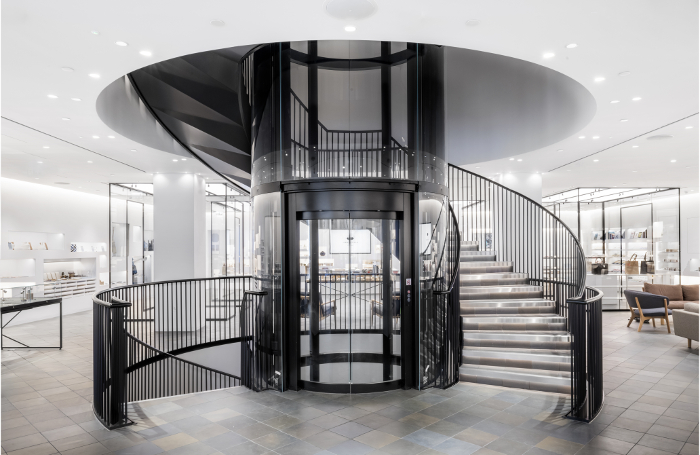
What’s the most exciting project you’ve worked on and why?
Japan House London is one of the most exciting and rewarding projects that MCa have worked on. A celebration of all things Japanese, from culture to history, technology, art and beyond, the project was sponsored by Japan’s Ministry of Foreign Affairs and is one of only three in the world. It was designed by Masamichi Katayama of renowned Japanese design consultancy Wonderwall. Our role was to act as Executive Architect and Project Manager, delivering Katayama-san’s exquisite vision as faithfully as possible. The site in High Street Kensington is within a Listed Building, and time, cost and procurement challenges were many and varied. The excellence of the results is all the more rewarding, given the scale of the difficulties encountering in achieving them.
Where do you look for inspiration?
We are so fortunate to have access to so many places, spaces, and a wide variety of digital content. We encourage all our staff to share their inspiration; whether that be from looking at projects, to places they have been, inspiring each other organically.
For us though, nature is one of the biggest inspirations when designing. The natural environment, from the details to forms, the colours to the patterns, nature is so unique.
Humans naturally are attracted to nature: either seeing or being in nature creates a sense of calm, reduces stress, fear, and anger in a person. So, it is no surprise that we are attracted to nature and natural forms.
The constant changes in nature also allow for constant new inspiration, from the changing of seasons to the lifetime of living creatures and plants, even natural movement such as earthquakes and the effect of tides. It is the combination and different perspective of all these elements of nature that continue to inspire us all in different ways.
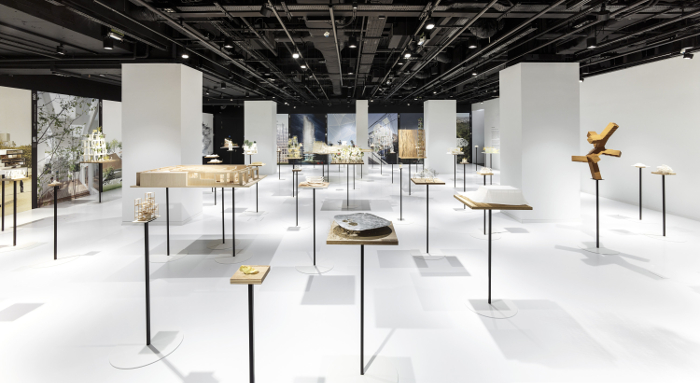
It's RIBA Student mentoring season right now. What has being a mentor meant for you and your colleagues at MCa?
Mentoring students, both from Loughborough and the University of Nottingham, is an opportunity for us to share with them a vision of practising architecture, as well as to gain an insight from them as to how learning has changed – it’s not a one-sided arrangement, albeit the challenge for us is to try to bridge that gap in experience and knowledge (and perhaps age!) to provide sessions that are interesting and engaging enough to spark a dialogue, as well as to leave mentees with plenty to reflect on. Feedback from students has been encouraging, and hopefully we’ve equipped those we’ve spoken to with a broader perspective on the directions their career may take them. For us, it’s an energising experience, one that keeps us connected with the roots of architectural education and the passion that future architects bring with them.
What do you think is the most important issue for architects to focus on right now, and what are you doing as a practice to tackle it?
Sustainability and wellbeing are two of the most important issues for architects right now. They work in unison, one greatly affecting the other. Sustainability could be seen as a more environmental issue, with a heavy focus on driving the design and construction of new buildings to be more sustainable for the environment and future generations. Closely related to this, is the important issue of wellbeing. Mental health and the wellbeing of those who live, work, play, in the built environments that we design, and build are of paramount importance. Sustainable buildings are generally far better for our health and wellbeing thanks to them achieving several building accreditations such as BREEAM, LEED and WELL. As a practice, MCa strives to achieve as many of the credits for these accreditations, whether a project is applying for the full accreditation or not.
With regular seminars, CPD’s and training we encourage and support our staff to continue to educate themselves and each other on these important issues. We also have a member of our practice currently studying to be individually WELL accredited.
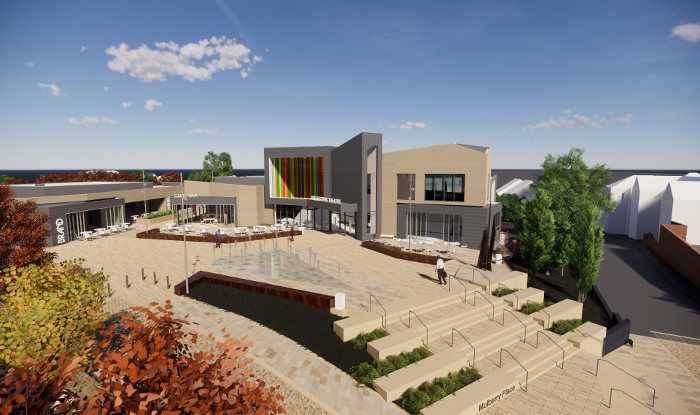
How can architects reconnect people with nature in urban environments through architecture?
If people weren’t already appreciating green spaces before, the recent lockdowns have made many of us appreciate green spaces even more. Not only are they vital for our environment but they are critical in improving our wellbeing.
One way that we can mimic the natural environments in urban settings is through biophilic design. Using materials both internally and externally that reflect the natural environment enable people to visually feel more connected to nature. The tactile feel of materials is also important, materials that have similar textures, and patterns to those found in the natural environment adds to the calming effect that these spaces have. The combination of texture, and appearance allow people to reconnect with direct and indirect nature, in otherwise urban environments.
Demand for spaces such as ‘parklets’ and rooftop gardens are also becoming increasingly important requirements in urban developments. Creating these mini oases of calm helps individuals to not only feel reconnected to nature, but also improves their mental and physical wellbeing. These spaces create psychological relaxation and stress alleviation whilst encouraging social cohesion.
- Find out more about Marchini Curran Associates and follow them in Instagram.
- Contact us if you would like your practice to be showcased in future months.
